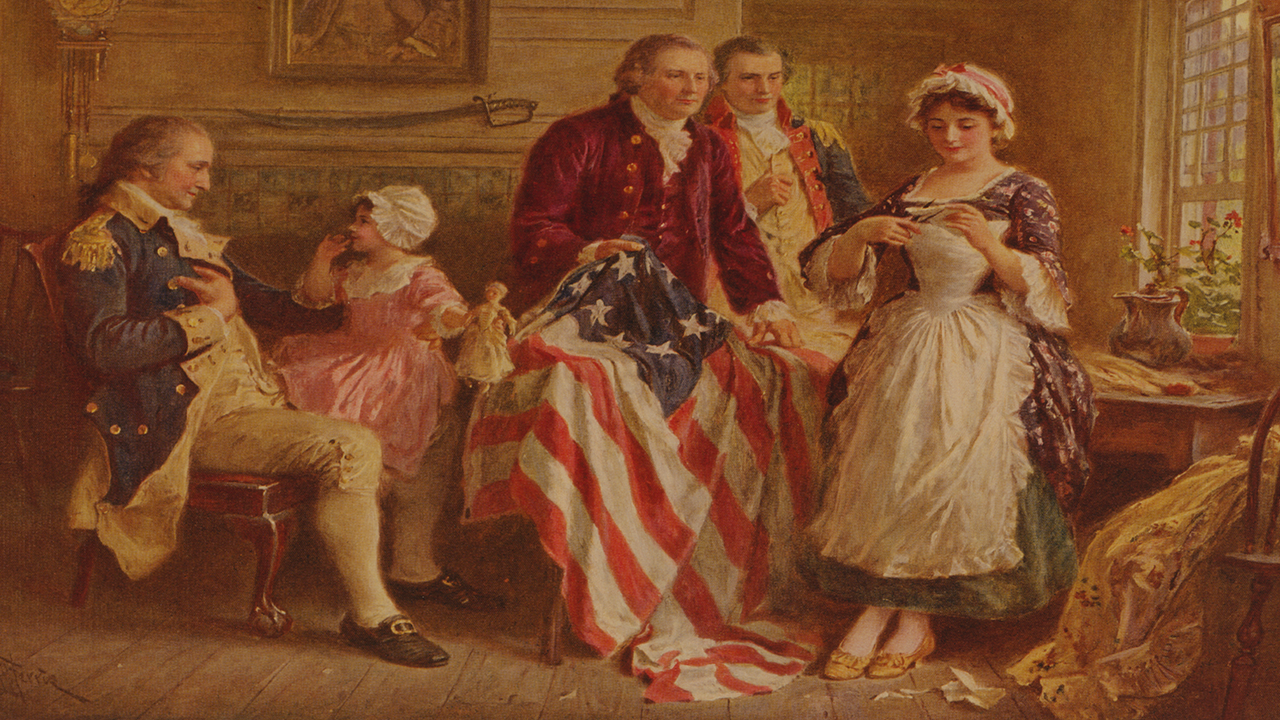British Capture Savannah
In 1778, after three years of fighting their rebellious American colonists, the grand British Army had been stymied in the northern theater. At this point, Lord George Germaine, secretary of state for the American Department, decided to focus his efforts southward, having been repeatedly informed by exiled American Loyalists that Georgia and the two Carolinas were heavily populated by Loyalists simply waiting for assistance from the British Army. On December 29, a British force led by Colonel Archibald Campbell captured Savannah, effectively gaining control of Georgia.
Fort Ticonderoga and America’s Quest for Independence
During the American Revolution, Fort Ticonderoga was a strongpoint on the natural waterway between the American colonies and British-controlled Canada. The cannons captured there provided the heavy artillery General Washington needed to intimidate the British out of Boston.
Expanding Our New Nation with the Northwest Ordinance
The Northwest Ordinance represents the first time the United States spread its wings and began to fulfill its destiny. As a result, Ohio, Indiana, Illinois, Michigan, Wisconsin and part of Minnesota would eventually be added to our country.
The Declaration of Independence, Part Three: Visionary Words That Changed the World
To fully appreciate the Declaration of Independence, we must remember these words revolutionized the way not only Americans but also much of the world viewed the role of government and where the right to govern originates.
The Declaration of Independence, Part Two: The Colonies’ Unsuccessful Attempt to Reconcile with England
After the French and Indian War, England’s resources were depleted. Parliament decided to tax the American colonies, as well as revoke some freedoms. The colonists' resistance to these acts yielded no results, and the call was made to draft our Declaration of Independence.
The Declaration of Independence, Part One: The Colonies Learn to Govern and Defend Themselves
By the mid-1700s, the American colonies had learned to govern and defend themselves. More and more people realized it made no sense for a government thousands of miles away to make decisions for the colonies, especially one that imposed unfair burdens and ignored requests for change.
Betsy Ross and Her Flag
Betsy Ross represents what most patriots were in 1776, simple, hard-working people who wanted their country to be free. Her flag is a reminder of the part every day Americans played in gaining our independence from England. The Betsy Ross flag represents a time when our nation was in its purest form. A time when our nation was united against a common foe and in a common cause.











